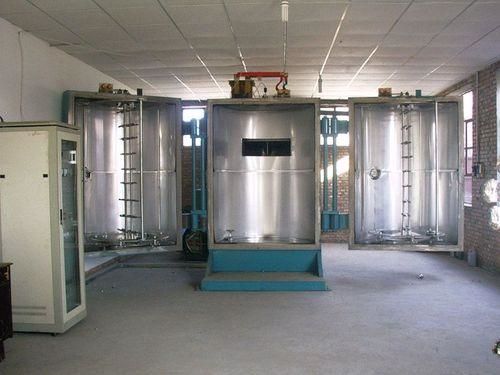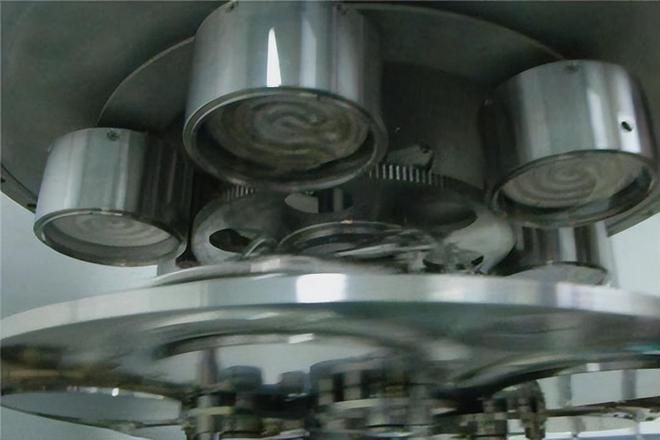What are the various metallization processes?
Typically, the metallization process involves sandblasting the surface to remove blemishes and defects, followed by heating to produce molten particles that are sprayed onto the surface. Contact with a surface causes the particles to flatten and freeze, creating adhesion forces between the surface and individual particles.
Variations in the metallization process include:
Vacuum Metallization – This form of metallization involves boiling the coating metal in a specially designed vacuum chamber and allowing the condensate to form a deposit on the surface of the substrate. Coating metals can be evaporated by techniques such as plasma or resistive heating.
Hot Dip Galvanizing – HDG involves dipping the steel substrate into a vat of molten zinc. Zinc reacts with iron in steel to form an alloy coating that provides excellent corrosion protection. After removing the substrate from the zinc bath, the substrate then undergoes a draining or shaking process to remove excess zinc. Galvanizing will continue after substrate removal until cool.
Zinc Spray — Zinc is a versatile, cost-effective material that acts as a sacrificial barrier, preventing corrosion from reaching the surface of the substrate. Galvanizing produces a slightly porous coating that is less dense than hot-dip galvanizing. Zinc spray can be applied to any type of steel, although it may not always reach recessed areas or crevices.
Thermal Spraying — This process involves spraying heated or molten metal onto the surface of a substrate. The metal is fed in powder or wire form, heated to a molten or semi-molten state, and then ejected as micron-sized particles. Thermal spraying is capable of applying thick coatings and high metal deposition rates.
Cold Spray — Cold spray techniques are often used in applications requiring long-lasting corrosion protection. The process involves spraying a composite material consisting of metal powder, water-based binder and hardener. The mixture was sprayed onto the substrate at room temperature. Allow the piece to “set” for about an hour, then dry at a temperature between approximately 70°F and 150°F for 6-12 hours.

Post time: Jan-12-2023

